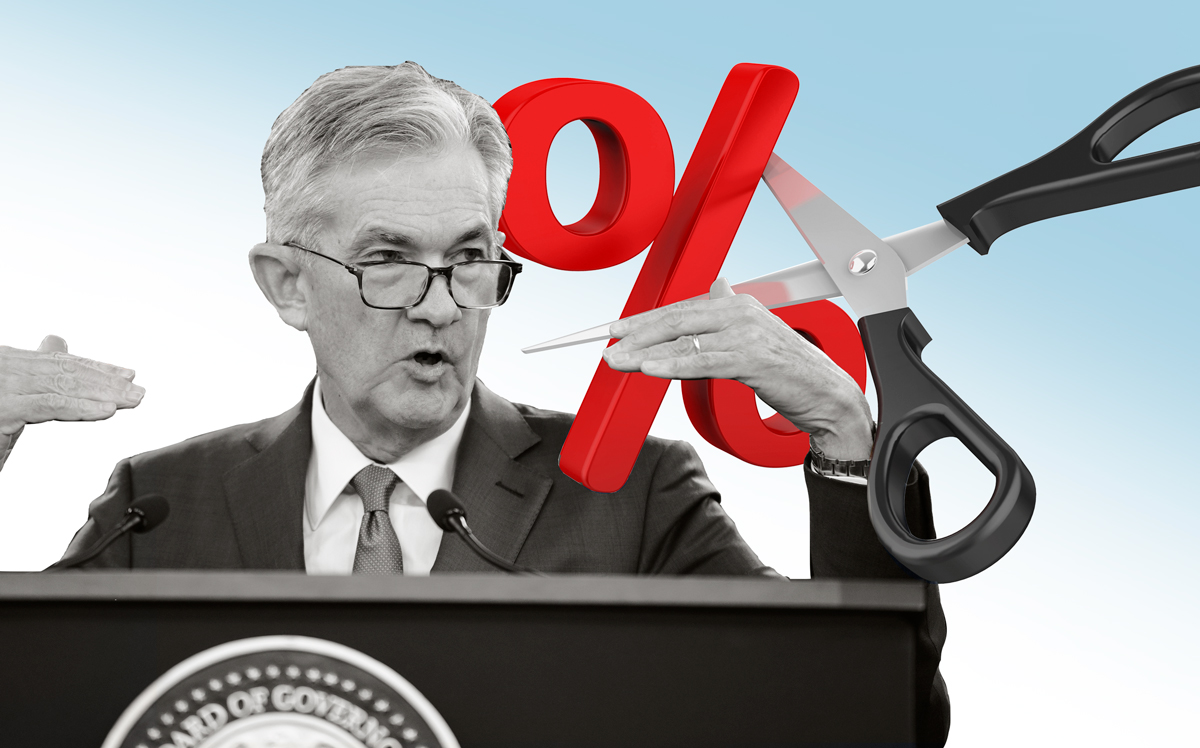- While the June headline payrolls figure exceeded expectations, private sector job gains were much softer than anticipated.
- The ISM Services PMI dipped back into contraction territory in June, …

- … as demand deteriorated.

- The market is pricing two Fed rate cuts by the end of the year, likely in September and December.

Source: Fortune Read full article
- The NY Fed’s consumer survey showed easing 1-year US inflation expectations, while the 3-year index increased.
- Fewer households expect to be worse off financially over the next 12 months.

- Some middle-class families are concerned about not being able to make the minimum payments on their debt.
- Older Americans are increasingly worried about losing their jobs
- Credit card debt as a share of disposable income remains below pre-COVID levels.
- The average credit card rate is holding near 23%.
- Here is Goldman’s inflation tracker.
![]()
Source: Goldman Sachs; @WallStJesus
- Morgan Stanley expects housing disinflation to accelerate in the second half.

- Mortgage applications remained at multi-year lows last week.
- The Atlanta Fed’s GDPNow second-quarter growth estimate is steady at 2% (annualized).
- The market expects to see 2.9% growth.

- We’ve observed soft patches in inflation since 2020, followed by rebounds over the subsequent months. This is why the Fed remains cautious. Here is a comment from Scotiabank Economics.
- [The chart] shows average m/m core PCE inflation during soft patches since the pandemic unfolded and then what happened over ensuing months. Five soft patches for core PCE inflation all gave way to renewed acceleration each and every time during the pandemic era, including earlier this year. The soft patches have been of varying lengths as have the periods of renewed acceleration. The FOMC cannot overreact to just one soft core PCE print in May. Or even two if tomorrow’s core CPI reading hints at a soft core PCE reading later in the month despite potential upside pressures.
- The CPI report surprised to the downside as inflation continued to cool in June, bolstering the case for rate cuts starting in September.


- The monthly increase in core inflation was the lowest since early 2021.


- The supercore CPI declined again, dragged lower by airfare and hotel prices.
- Based on market expectations, September and December rate cuts now look very likely, and the market is currently pricing in the possibility of three Fed rate reductions this year.
- Treasury yields declined sharply.


Market Data
- US households and advisors are heavily allocated to stocks.

Source: MarketDesk Research

Source: MarketDesk Research
- How stretched could valuations get for the SP 500? The long-term PE ratio top appears to be around 38.5x (we are currently at 34x).

- Based on its long-term P/E ratio, the S&P 500 valuation premium to its average member is the highest since the dot-com bubble.

- Summer months are typically positive for the S&P 500 during election years.

Source: @RyanDetrick
- Global data centers’ electricity use:

- The Russell 2,000 Index (small-caps) has gone 667 days without a new all-time high, the longest streak since the financial crisis.
- The S&P 500 has diverged from market breadth, as measured by the advance-decline line.

- Tech valuations haven’t been this high since the dot-com era.

- The market is overlooking signs of a softening US economy.

- Here is a similar chart for the Nasdaq 100.

- The CPI report triggered a rotation from tech mega-caps to other sectors.

- Rate-sensitive shares benefited the most.

Great Quotes
“The question is not what you look at, but what you see.” – Henry David Thoreau
Picture of the Week
Wildflowers in Mt Rainier National Park

All content is the opinion of Brian Decker






